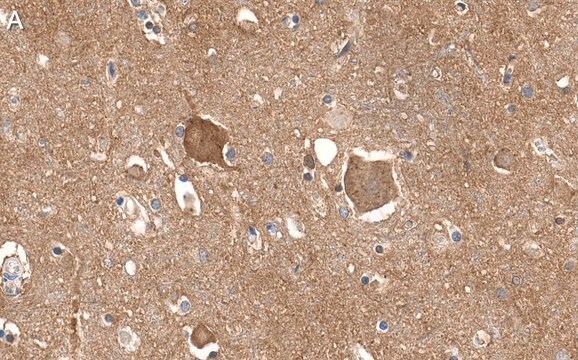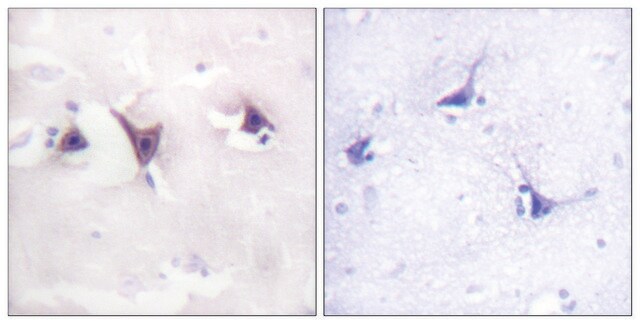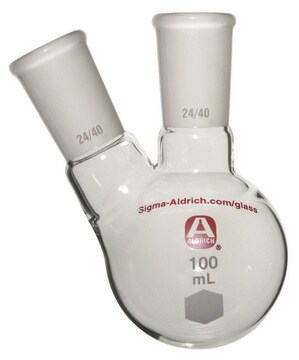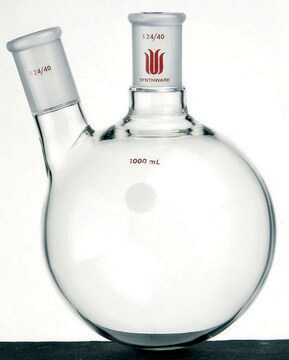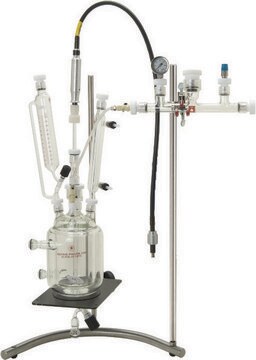07-225-I
Anti-TrkB
Synonyme(s) :
BDNF/NT-3 growth factors receptor, EC:2.7.10.1, GP145-TrkB, Neurotrophic tyrosine kinase receptor type 2, Trk-B, TrkB tyrosine kinase, Tropomyosin-related kinase B
About This Item
Produits recommandés
Niveau de qualité
Clone
polyclonal
Espèces réactives
human
Concentration
1.0 mg/mL
Technique(s)
immunohistochemistry: suitable (Paraffin)
western blot: suitable
Isotype
IgG
Numéro d'accès NCBI
Numéro d'accès UniProt
Informations sur le gène
human ... NTRK2/TRKB(4915)
Description générale
Spécificité
Immunogène
Application
Immunohistochemistry (Paraffin) Analysis: A 1:50 dilution from a representative lot detected TrkB in human cerebral cortex tissue sections.
Note: Actual optimal working dilutions must be determined by end user as specimens, and experimental conditions may vary with the end user
Reconstitution
Stockage et stabilité
Clause de non-responsabilité
Code de la classe de stockage
12 - Non Combustible Liquids
Classe de danger pour l'eau (WGK)
WGK 1
Point d'éclair (°F)
Not applicable
Point d'éclair (°C)
Not applicable
Certificats d'analyse (COA)
Recherchez un Certificats d'analyse (COA) en saisissant le numéro de lot du produit. Les numéros de lot figurent sur l'étiquette du produit après les mots "Lot" ou "Batch".
Déjà en possession de ce produit ?
Retrouvez la documentation relative aux produits que vous avez récemment achetés dans la Bibliothèque de documents.
Notre équipe de scientifiques dispose d'une expérience dans tous les secteurs de la recherche, notamment en sciences de la vie, science des matériaux, synthèse chimique, chromatographie, analyse et dans de nombreux autres domaines..
Contacter notre Service technique